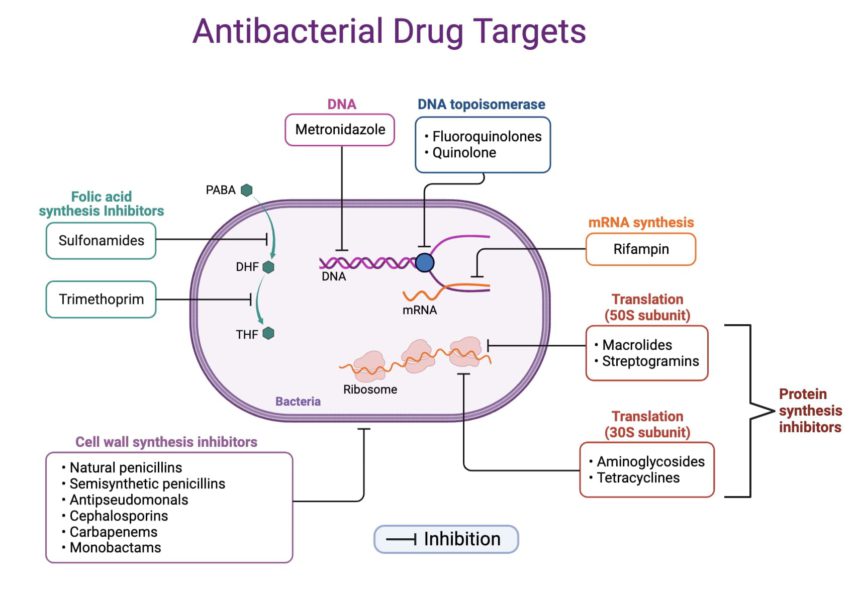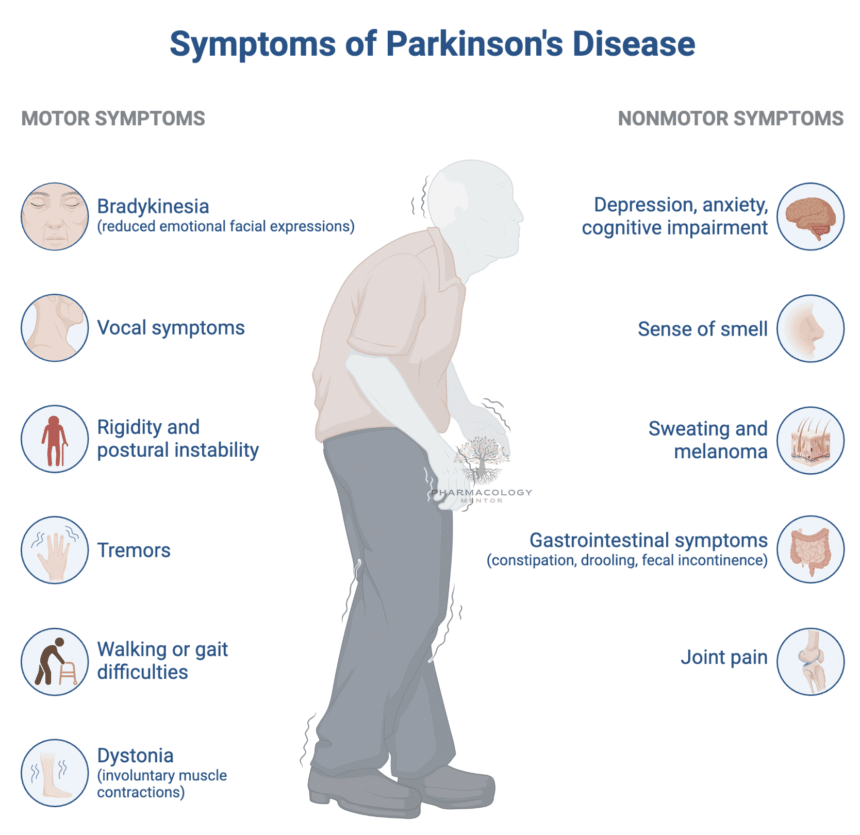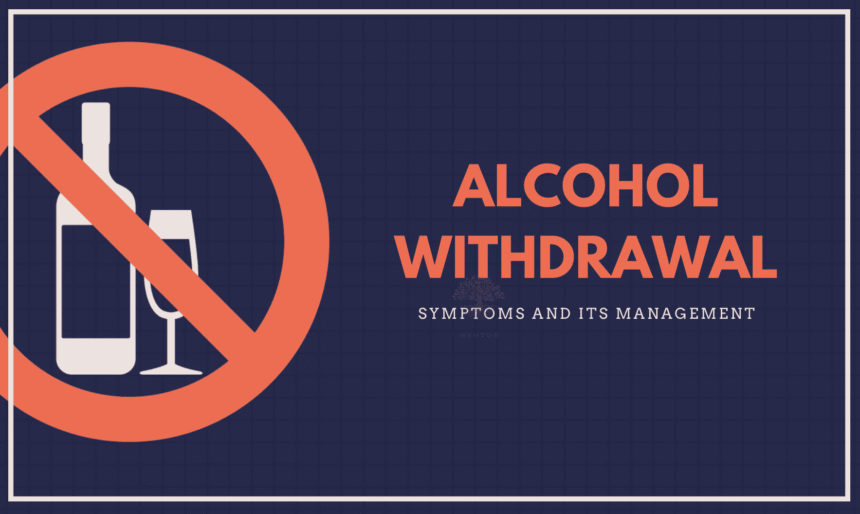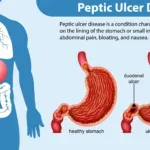Antimicrobial Drugs: All classes
Antimicrobial agents can be broadly classified into six main categories: antibiotics, antivirals, antifungals, antiprotozoals, anthelmintics, and antiseptics. Antibiotics can be classified into several classes based on their chemical structure, mechanism…
Pharmacology of Penicillins
Introduction Among the most historically significant and widely used classes of antibiotics, penicillins have revolutionized the treatment of bacterial infections. Their discovery by Sir Alexander Fleming in 1928 laid the foundation for…
CNS infections and their treatment
Central nervous system (CNS) infections include a spectrum of diseases such as meningitis, encephalitis, brain abscess, and healthcare-associated ventriculitis/meningitis. These conditions are associated with significant morbidity and mortality, requiring rapid…
Sedative-Hypnotics: their Pharmacology and where they are used?
Sedative-hypnotics are a class of drugs that work on the central nervous system (CNS) to produce a calming or drowsy effect and are often prescribed for insomnia, anxiety, and seizure…
Antiparkinsonian Drugs
Overview Parkinson disease (PD) is a progressive neurodegenerative disorder characterized by motor features (bradykinesia, rigidity, rest tremor, postural instability) and a wide array of nonmotor symptoms (autonomic dysfunction, sleep disorders,…
Antiepileptic Drugs
Introduction Epilepsy is a chronic neurological disorder defined by recurrent, unprovoked seizures resulting from abnormal excessive or synchronous neuronal activity in the brain. Antiepileptic drugs (AEDs), now more accurately known as…
Alcohol Withdrawal Symptoms and its Management
1. Overview & Clinical Importance Alcohol withdrawal syndrome (AWS) is a potentially life-threatening condition that follows the abrupt cessation or reduction of heavy, prolonged alcohol consumption. It is common in…
Methanol Poisoning: Symptoms and Management
Methanol (methyl alcohol, wood alcohol) is a simple aliphatic alcohol with significant toxicological importance. It is colorless, volatile, and commonly used as a solvent, antifreeze, fuel, and in industrial chemical…
Organophosphorus Compound Poisoning and Its Treatment
Introduction Organophosphorus (OP) compounds, a broad class of chemicals primarily used as pesticides (insecticides) and, less ethically, as chemical warfare agents (nerve gases), pose a significant challenge in both developed and developing nations (Katzung,…
Sympatholytics/Adrenergic antagonists
Introduction Have you ever wondered about the drugs that counteract the effects of the sympathetic nervous system? Sympatholytics, also known as adrenergic antagonists, are one such class of drugs. This…
















